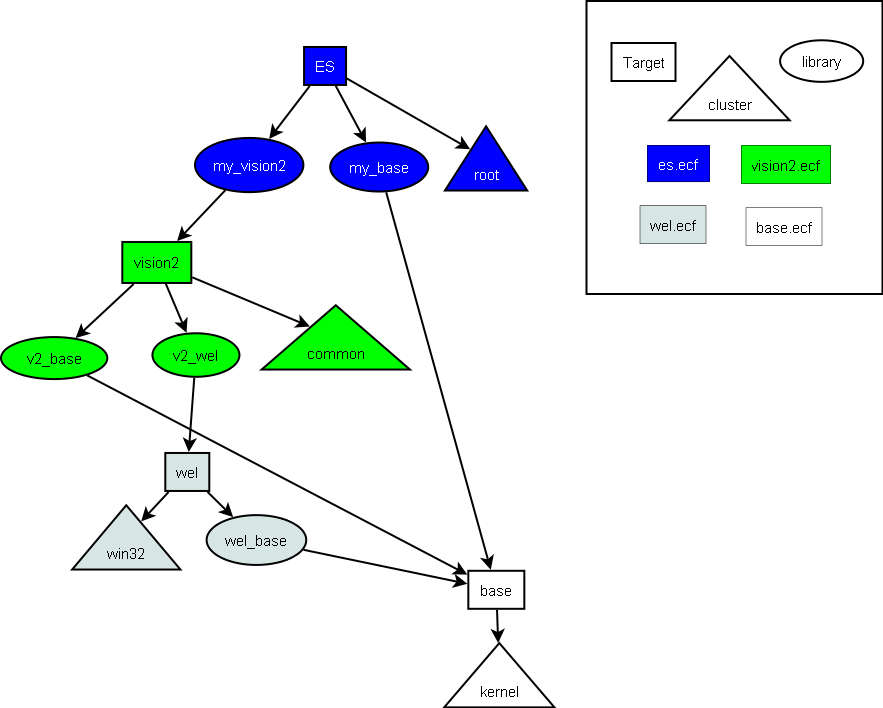ConfigurationOptions
Handling of options specified in libraries.
Contents
Available Options
- read only
- assertions
- .NET namespace
- profile
- trace
- optimize (unused)
- .NET application optimize
- debug clauses
- warnings
Problem
Should option values be specified in a library or in a project that uses the library?
Solutions
Library approach
A library is a black box and therefore everything is specified in the library. Usual settings could be
- read only
- precondition assertions
- some useful .NET namespace
- no profile, no trace, no debug, no warnings
- optimize
Overriding values
- on libraries directly included in the application we can specify option values (or alternatively set a flag that specifies to use the application options) directly in the library group that includes the library
Application approach
An application should have full control, therefore we use values specified in the application. A common scenario could be that a user has a library which he uses in another application and the testing of the library is done by using it in the application, therefore all warnings should be reported, debugs, trace, profile could be enabled, assertion level may be higher.
Example
Simplified configuration system of the compiler. ES is EiffelStudio (the application), vision2 is the graphic library used by ES which internally uses WEL. The application and all libraries use base.
Library approach
Base, vision2, wel set the options and those options are used. The options of base and vision2 can be overridden (but they have to be overridden for each library separately), wel can not be overridden (unless it is included in the application directly).
Application approach
All the options are specified in ES, it's possible to specify specific values for the used libraries that are directly included, otherwise the default values from the application will be taken.


